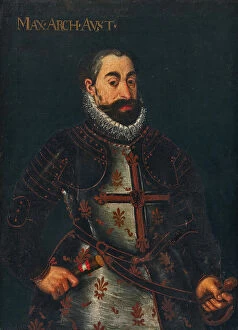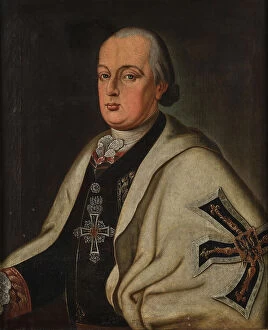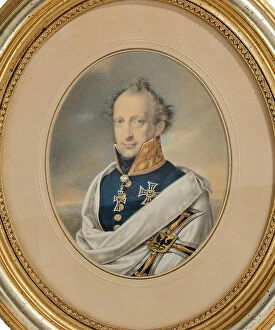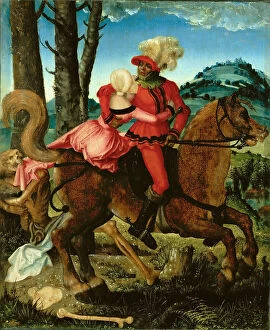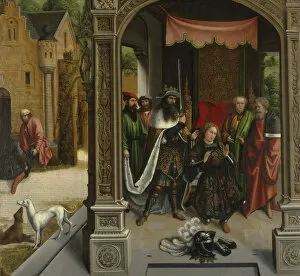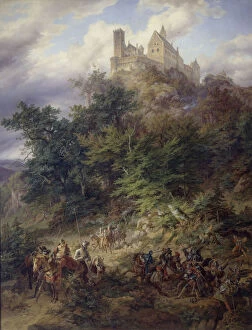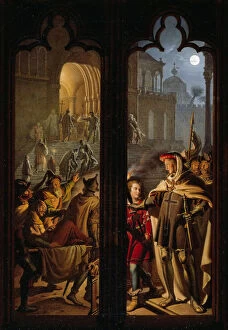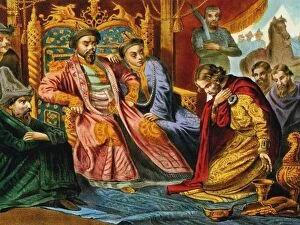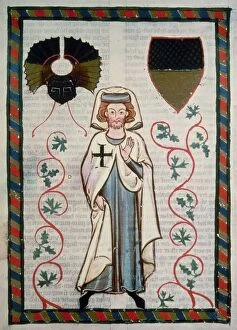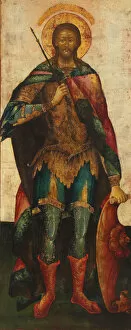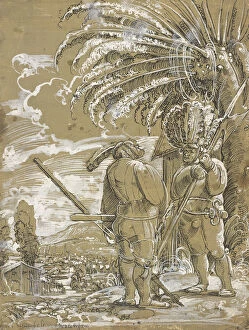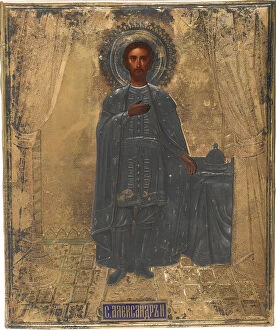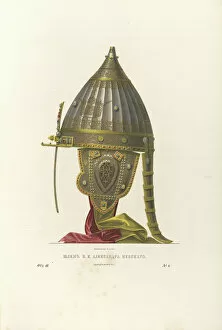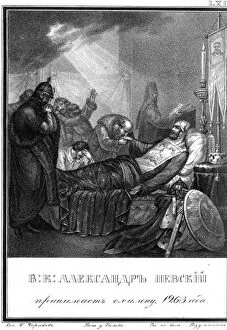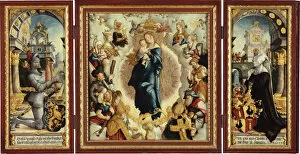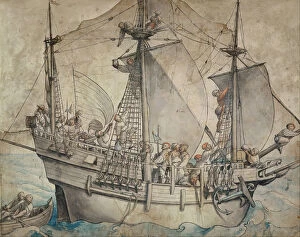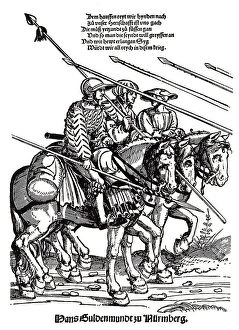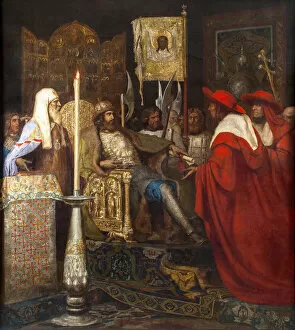Teutonic Knight Collection
"The Teutonic Knight: A Symbol of Power, Mercy, and Death" Throughout history, the Teutonic Knight has been a captivating figure representing strength, chivalry
For sale as Licensed Images
Choose your image, Select your licence and Download the media
"The Teutonic Knight: A Symbol of Power, Mercy, and Death" Throughout history, the Teutonic Knight has been a captivating figure representing strength, chivalry, and sacrifice. From Prince Alexander Nevsky's plea for mercy to Archduke Leopold Wilhelm's regal portrait, their stories intertwine with the enigmatic allure of these knights. In an anonymous artwork depicting Prince Alexander Nevsky begging Batu Khan for mercy in the 13th century, we witness a pivotal moment in Russian history. The Teutonic Knights' presence looms large as they stand as witnesses to this desperate plea for salvation. Moving forward to the 17th century, Albrecht Kauw's haunting depiction of death alongside a Teutonic Knight in his Dance of Death cycle reminds us that even these valiant warriors are not immune to mortality. Their armor cannot protect them from the inevitable embrace of death. The Lithuanian and Livonian helmets showcased in "Antiquities of the Russian State" serve as tangible artifacts connecting us to the physicality and craftsmanship behind these iconic figures. These helmets embody both protection and intimidation - symbols of authority on battlefields. Albrecht Dürer's portrayal of "Death and Lansquenet" transports us back to early 16th-century Europe when landsknechts fought alongside Teutonic Knights, and is through such depictions that we glimpse into their camaraderie amidst chaos – united by duty under different banners. In Orley's masterpiece "The Knighting of Saint Martin, " we witness Emperor Constantine bestowing honor upon a knight who embodies selflessness and compassion. This scene encapsulates how knighthood was not solely about martial prowess but also about virtues that transcended mere combat skills.

